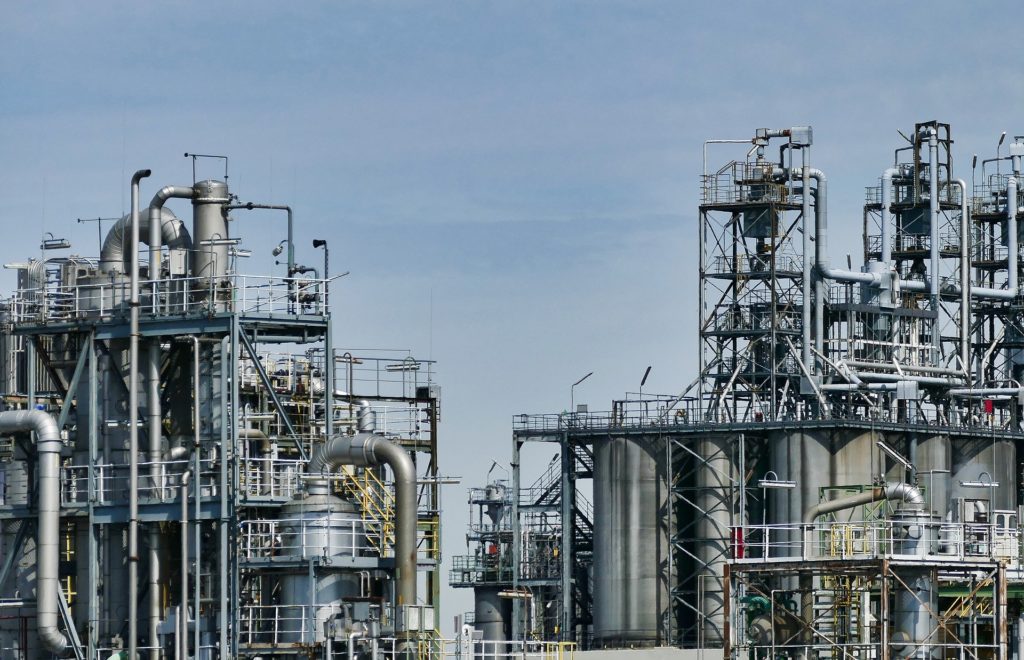
A federal judge has dismissed the lawsuit filed by David Acosta and 22 other St. John the Baptist Parish residents charging that chloroprene air pollution from the Denka chemical plant in Reserve caused them difficulty breathing, headaches, hair loss, heart attacks and tumors. Chloroprene is a chemical used in the production of Neoprene rubber at the plant and has has been scientifically linked to a variety of health issues, including cancer. But in his Feb. 10 ruling, U.S. District Judge Martin Feldman said the residents failed to file their lawsuit within one year, as required under Louisiana law. He also said they failed “to allege a plausible causal link between the actions of Denka and any concrete injuries befalling the plaintiffs.”
nola.com
Is this the lawyer or the plaintiffs? The judge said that this was the same reason another suit was dismissed.
Feldman labeled his ruling “déjà vu all over again,” because the suit, and his reasons for its dismissal, were almost identical to an earlier lawsuit filed by the same Baton Rouge lawyer, Danny Russell, on behalf of Juanea Butler and other St. John residents against Denka. The Butler suit was dismissed in May 2020, but those plaintiffs have appealed Feldman’s ruling to the 5th U.S. Circuit Court of Appeals. Both lawsuits were filed against Denka Performance Elastomer LLC and E.I. du Pont de Nemours and Co. and its DuPont Performance Elastomers LLC subsidiary, which sold the Reserve plant to Denka in 2015. Also named defendants were Louisiana’s departments of Environmental Quality and Health.
There were other problems with the suits and repeating the same errors the second time does not help those suffering.
The DuPont portion of the suits also failed because the residents waited much longer than a year after their health symptoms should have alerted them to potential issues resulting from the pollution, Feldman said. The judge also found in both suits that the plaintiffs had improperly added the state agencies as defendants. In the Acosta suit, originally filed in Louisiana’s 40th Judicial District Court in Edgard in July and transferred to federal court in August, the residents cited a long list of health complaints that they alleged were caused by exposure to chloroprene and other chemicals released into the air by the plant. The suit referenced a number of studies and U.S. Environmental Protection Agency reports addressing links between chloroprene and various diseases, including cancer, and an EPA report showing that the plant’s emissions gave St. John Parish the highest potential risk of cancer from airborne pollutants of any location in the country.
Feldman also said they did not link the specific diseases to the chemicals and that their knowledge of the problem should have resulted in an earlier filing.
“The plaintiffs cannot allege a laundry list of long-running chloroprene-related ailments on the one hand while disclaiming constructive notice and a corresponding duty to inquire on the other,” wrote Feldman, whom President Ronald Reagan nominated to the court. “Had the plaintiffs performed such inquiries, abundant public information linking their alleged injuries to heightened chloroprene exposure would have been reasonably accessible to them. “For better or worse though, Louisiana law provides that their failure to do so within a year of the onset of the medical ailments they complain of compels dismissal of their claims as time barred.”
In 2017, Denka was told to reduce emissions 85% from the 2014 levels. Denka says they have and the January average was 2.96 micrograms per cubic meter. Community groups want the level to be further reduced to 0.2 micrograms which is the EPA level that causes health problems. Yet there remain question on the actual reductions.
However, in a letter to Denka plant manager Jorge Lavastida, EPA asked why four measurements of chloroprene in September and October, including two at Fifth Ward Elementary School, were at “elevated” levels of 10.7 to 15.2 micrograms per cubic meter, according to state records. The letter, signed by Thomas Carroll, acting director of EPA’s enforcement division, ordered Denka to provide a detailed description of the causes of the elevated emissions, including their sources and whether they resulted from maintenance, malfunctions, startup of the plant or other reasons, and the company’s corrective actions to avoid future high levels.
Denka says the want to be a good neighbor but will stay at the 85% reduction level.



